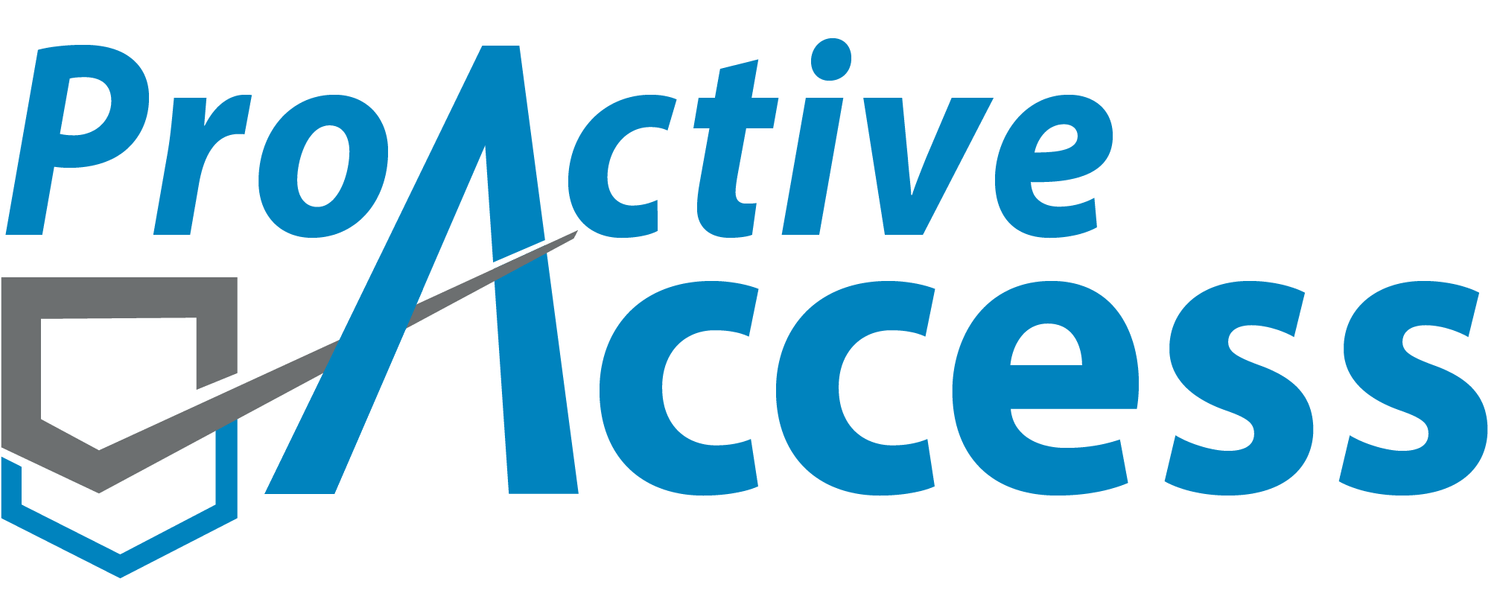Website Accessibility
In recent years, the Americans with Disabilities Act (ADA) has become an increasingly important topic in the world of website design and development. The ADA requires that all public-facing websites be accessible to people with disabilities, including those with visual, auditory, physical, and cognitive impairments. Failure to comply with accessibility guidelines for websites can prevent people with disabilities from accessing digital services and result in legal complaints.
Accessibility Requirements for Websites
There are 3 different criteria that website developers can use to meet the Web Content Accessibility Guidelines (WCAG) and meet accessibility requirements. The 3 levels of criteria are: A, AA, AAA. These criteria contained within these guidelines include but are not limited to:
Content Accessibility: All content on the website must be accessible to people with disabilities. This includes text, images, audio, and video content. Websites must be designed with alternative text for all non-text elements, including images, videos, and audio files. This alternative text, also known as “alt text”, is read aloud by screen readers, allowing visually impaired users to understand the content of the website. Additionally, websites must be designed with closed captioning for all audio and video content.
User Interface Accessibility: Websites must be designed to allow users to navigate and interact with them using assistive technologies, such as screen readers, keyboard-only navigation, and voice commands. This means that websites must be designed with clear and consistent navigation menus, and all interactive elements, such as buttons and links, must be labeled in a way that is easily understood by screen readers.
Color Contrast: Websites must be designed with sufficient color contrast between text and background elements. This is important for users with visual impairments, who may have difficulty reading text that is not sufficiently contrasting with its background.
Keyboard Accessibility: Websites must be designed to allow users to navigate and interact with them using a keyboard only. This is important for users with mobility impairments who may have difficulty using a mouse or other pointing device. Websites must be designed with clear and consistent keyboard shortcuts for all interactive elements, and all interactive elements must be accessible via the keyboard.
Accessibility in the Digital Age
In today's digital age, the importance of accessibility cannot be overstated. With more and more of our daily lives taking place online, it is essential that websites be accessible to all users, regardless of their abilities. The accessibility requirements for websites ensure that people with disabilities are able to access and interact with digital content in the same way as non-disabled users.
The benefits of accessibility extend beyond simply meeting legal requirements. Accessible websites have been shown to improve user engagement and satisfaction, as well as increase website traffic and SEO. Additionally, by making websites accessible, businesses and organizations demonstrate their commitment to diversity and inclusion, which can help build brand loyalty and positive public relations. In the digital age, accessibility is more important than ever, and it is essential that websites be designed with all users in mind, regardless of their abilities.
Accessibility in the Built Environment
Digital accessibility is only one of the several different means of providing good and services to people with disabilities. While website accessibilities have become a hot topic recently, the ADA established construction-related accessibility standards that have been effective for more than 30 years. It is important for all business owners to understand the digital accessibility requirements as well as the standards that apply to physical locations also. Proactive Access LLC does not provide any digital accessibility services but we are experts at evaluating physical barriers in the built environment. Our Certified Access Specialists (CASp) are highly trained to identify architectural barriers and work with our clients as a resource to reasonably achieve disability access compliance. Contact us to learn more about our CASp Inspection services.


